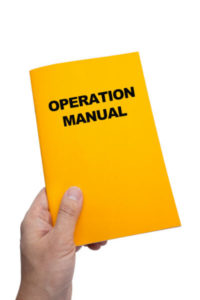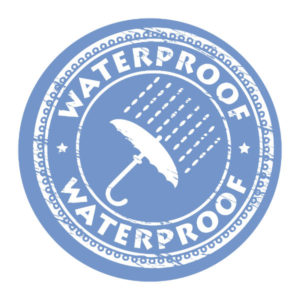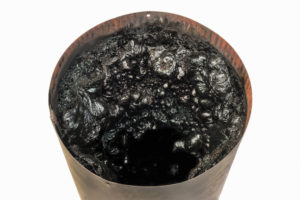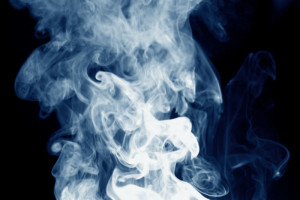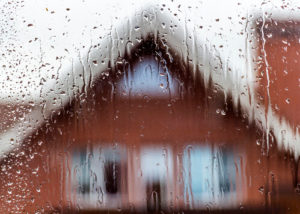Tips for Starting a Cold Fireplace
It shouldn’t be a big deal to light a fire in a cold fireplace, but it’s more than you think. Your chimney works by using the draft that hot air provides to push byproducts up the chimney. These vapors include smoke, tar, chemical gases, water vapors, and microscopic particles. These gases can affect the air quality in your home. Your health could be harmed if the gases are allowed into the living area. The best way to prevent a smoky fireplace is to make sure that updraft in the flue is present. If the chimney is cold, the cold air in the flue will not only block the warm air from rising, but will fall into your house. The temperature has to rise in the chimney before it will work properly.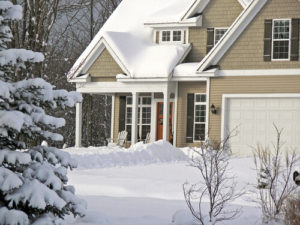
Priming the Chimney
The process of bringing the flue’s temperature up is called priming. The easiest way to prime a cold chimney is to light a newspaper roll and allow it to burn at the base of the chimney. This is usually possible with a fireplace as well as a stove once you locate the opening. When the newspaper roll is burned completely the chimney should be warm enough to support the updraft needed for an efficient burn.
Lighting a Fire in a Cold Chimney
A cold chimney pushes smoke into your house, but it can make the process of fire-building long and bothersome. To make it easier on yourself and your chimney, you can hone your fire-building skills. This means burning only properly seasoned wood, and building a fire that will make some heat. This is because the chimney needs enough heat to create an updraft. After you have primed your chimney, you want to build the best fire possible.
Introducing the Top-Down Burn
The Chimney Safety Institute of America (CSIA) recommends the top-down burn to build the best fire possible. The top-down burn contradicts everything we think we know about fire-building, but the industry’s top professionals know its worth. Traditionally you would build a fire with kindling and paper at the base, with bigger sticks, medium logs, and finally the largest logs on top. The top-down burn is built the opposite way, with the larger fuel at the bottom, up to the kindling and small bits of lighting paper at the top. This way the fire and embers burn and fall onto the other fuel. The fire burns more efficiently and fuel burns more completely, decreasing smoke and particulate pollution. It also creates a better-burn faster, which drives the exhaust up the chimney.
There is a lot that goes into an efficient chimney system. Be sure your fire is primed before lighting it, otherwise you may ruin your night with a smoky living room. Your chimney is more likely to be cold if its on the exterior, even if central heat is your main heat source. Don’t let the cold air from your chimney fall into your warm house!
Call a professional if you have bigger concerns about your system.

